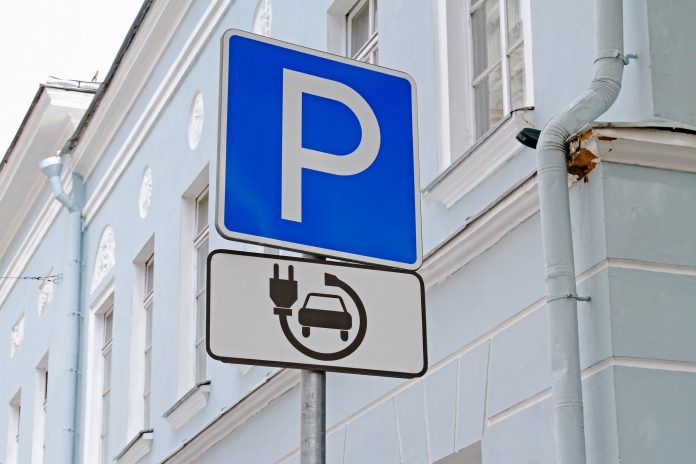Thomas Newby, COO Tonik Energy, examines if the public sector is ready for the widespread adoption of electric vehicles
2020 was tipped to be a significant year for the widespread adoption of zero-emission vehicles, with the launch of five clean air zones (CAZs) poised to be one of the major developments which would incentivise the uptake of green transport. As the global COVID-19 pandemic continues to unfold, Birmingham and Leeds have both regrettably delayed the launch of their CAZs and Nottingham, Derby and Southampton may well follow suit. With CAZs fundamental to the air quality strategies of our towns and cities, this is undoubtedly a setback for the public sector, but it is only a bump in the road on the UK’s journey to Net-Zero.
Of course, as society undergoes this unprecedented period of change, uncertainty will continue to impact the way we live, work and play in unforeseen ways. CAZ initiatives may be on hold, but one thing is for certain: the UK is on a mission to be carbon neutral by 2050 and the public sector can’t afford to overlook the critical work that needs to be done in advance of that deadline.
Benefit-in-Kind tax rates
April saw the new Benefit-in-Kind (BiK) tax rates come into force, offering company car drivers the chance to pay 0% tax on pure electric vehicles (EVs) throughout 2020/21. The new rate has been much anticipated in recent months and was finally confirmed by the Chancellor in the government’s spring Budget – a clear sign that the UK is committed to its 2050 goal.
In effect, the new BiK rate makes the decision between traditional and green fuel vehicles a no-brainer. With the opportunity to make huge savings on EVs, we will see the entire public sector fleets going green, public sector employees opting for EVs, and citizens in our towns and cities finally making the switch. Now imagine the cumulative impact of that increase of green vehicles: hundreds of thousands of drivers will need to re-charge on public sector premises.
And the BiK tax is just one development in a long-line of initiatives and market forces which will combine over the coming years to make EVs the most viable choice for drivers. So how can public sector organisations prepare themselves for this pivotal change in the way we travel from A to B? The reality is that existing electrical connections in the majority of public sector buildings were specified to suit the building needs and use cases at the time of construction. They are simply unsuitable for significant increases in demand without potentially costly upgrades. Intelligent EV charging systems that can manage the total building load are suitable to a point, particularly where vehicles are parked for longer periods of time. However, we’ll inevitably reach a stage where there simply is not enough energy available from the supply during the time period required.
Charging infrastructure
We are of course seeing progress when it comes to charging infrastructure, with the Chancellor announcing in the government’s spring Budget that £500 million will be invested into the rollout of rapid charging hubs. Whilst this development will help to piece together the UK’s fragmented infrastructure and ease the pressure on public sector organisations, the recognition that renewable energies are the linchpin to this change is critical. One cannot assume that the grid can withstand this imminent surge in demand for power.
This is why we have to consider alternative methods of power generation, particularly solar. Generating and storing energy on-site through solar and battery storage is an effective way to minimise expensive grid connection upgrades and provide additional power-on-demand. This is particularly relevant to public sector organisations looking to meet the demand from tens or even hundreds of EV chargers on a single site.
Distributed generation and storage solutions also reduce the dependency on buying energy at peak times, easing pressure on the grid. As the network-wide deployment of cost-effective renewable generation increases, systems with sufficient scale have the potential to generate additional revenue supporting the grid. These ancillary services, which help balance the network, reduce the threat of brownouts, particularly as clusters of EV uptake have the potential to create significant local distribution network challenges.
The UK’s carbon reduction ambitions are becoming reality but developments such as the new BiK rate and the much-anticipated CAZs will have been introduced in vain if the public sector neglects to future proof its charging infrastructure. As the sector prepares itself for EVs going mainstream, it’s imperative that distributed renewable energy uptake is recognised as fundamental during this rapid time of change.











